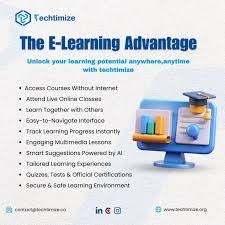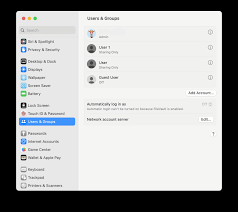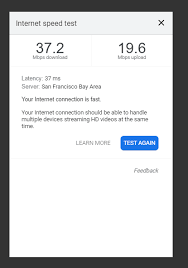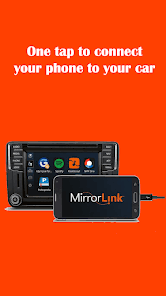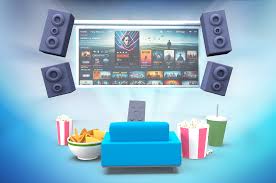Unlocking Learning Through Technology & Toys
Here’s a detailed article on Smart Play Kids Content, exploring how educational design, technology, and play converge to boost learning and development.
🎯 What Is “Smart Play” for Kids?
Smart play content and toys blend education with engagement. They may include:
- AI-powered toys (robots, storybooks, coding kits) that personalize learning.
- Interactive media (apps, shows, platforms) promoting cognitive and emotional skill-building.
- Tech-enhanced playsets (AR kits, STEM robots) that integrate digital tools with hands-on activities.
Key Benefits
1. Personalized & Adaptive Learning
Smart toys equipped with AI or sensors adapt difficulty and content based on a child’s performance—whether it’s math, language, or coding lessons—making learning both engaging and effective.
2. Cognitive & Problem-Solving Skills
STEM-focused products (robots, coding games, puzzles) challenge logical thinking and spatial awareness—over 30% improvement in spatial intelligence has been observed in block play studies.
3. Creativity & Imagination
Open-ended smart play encourages narrative building—like story-generating storybooks or versatile building kits. AR and creative art stations expand on this by blending digital creativity with hands-on design.
4. Social & Emotional Learning (SEL)
Interactive content that includes reflection prompts (e.g. AI-generated SEL activities) and multiplayer modes teach empathy, cooperation, and self-awareness. EM-powered tools can guide parent-child tracking of emotional moments during play.
5. Language Development
Language-learning apps and speech-responsive toys encourage children to practice pronunciation, expand vocabulary, and even pick up new languages.
6. Sensory & Motor Skills
Swapping screens for tactile play—like robotic kits or eco-friendly blocks—boosts fine motor skills, coordination, and sensory engagement.
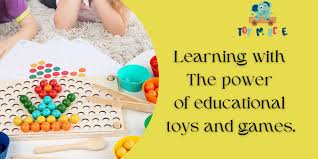
Popular Types of Smart Play Content
| Type | Example | Benefit |
| AI Toys | Coding robots, voice-responsive dolls | Adaptive STEM learning (ineducationonline.org) |
| AR Kits | ExploreAR, virtual globes | Immersive geography/science exploration |
| Eco Kits | Bamboo Blocks | Creativity + sustainability lessons |
| Language Games | LinguaPal | Multi-language interaction |
| Smart Storybooks | TellTale, AI books | Dynamic narrative engagement |
| STEM Robots | CodeBuddy, Cubetto | Early coding with screen-free play |
| Interactive Media | Toon Goggles, Ubongo Kids | Localized educational video on literacy & STEM |
Scientific & Real-World Evidence
- A China study links multi-sensory tech toys with increased engagement in toddlers.
- Ubongo Kids viewers outperformed peers by 10–24% in literacy, math, and motor skills—showing education through TV.
- Harvard found that playing with problem-solving toys boosts cognitive flexibility by ~25%.
Challenges & Precautions ⚠️
- Privacy & Security – Many smart toys collect data and may pose security risks. Parents should check compliance (like COPPA) and inspect privacy policies.
- Overstimulation & Screen Time – Too much tech play can lead to attention issues and reduce physical or imaginative play. Balance is key.
- Digital Dependency – Toys must complement—not replace—human interaction with adults and peers.
- Cost & Access – Premium tech-enhanced toys may be expensive and create inequity in access.
- Limited Emotional Intelligence – AI can’t fully replace human empathy; interaction with real people remains vital.
Best Practices for Parents & Educators
- Mix & Match: Combine smart tech and open-ended toys (blocks, dress-up) for holistic development.
- Age-Appropriate Choices: Choose toys matched to developmental milestones.
- Engage Together: Co-play with kids and ask reflective questions (“What happens if…?”) to deepen understanding.
- Limit Screen Time: Set clear usage limits and blend with offline activities.
- Check Safety: Look for secure data handling, parental controls, and sturdy materials.
The Smart Play Future
Smart play is evolving fast. By 2030, the smart toys market is expected to exceed $100 billion, driven by AI, AR/VR integration, and eco/design innovations.
Emerging trends include:
- Eco-friendly, inclusive design for all abilities.
- Hybrid physical-digital experiences for interactive learning.
- Subscription & curriculum integration—bringing smart toys into classrooms.
- Adult-child reflection tools enhancing emotional literacy.
Conclusion
Smart play content is more than toys—it’s purposeful design that fuses education, creativity, and interactivity. When used thoughtfully—balancing tech with traditional play, guiding children, ensuring safety—it can powerfully support cognitive, emotional, and social growth. The future promises accessible, inclusive tools designed for learning at every stage. Let’s steer toward play that truly brings out a child’s full potential.

